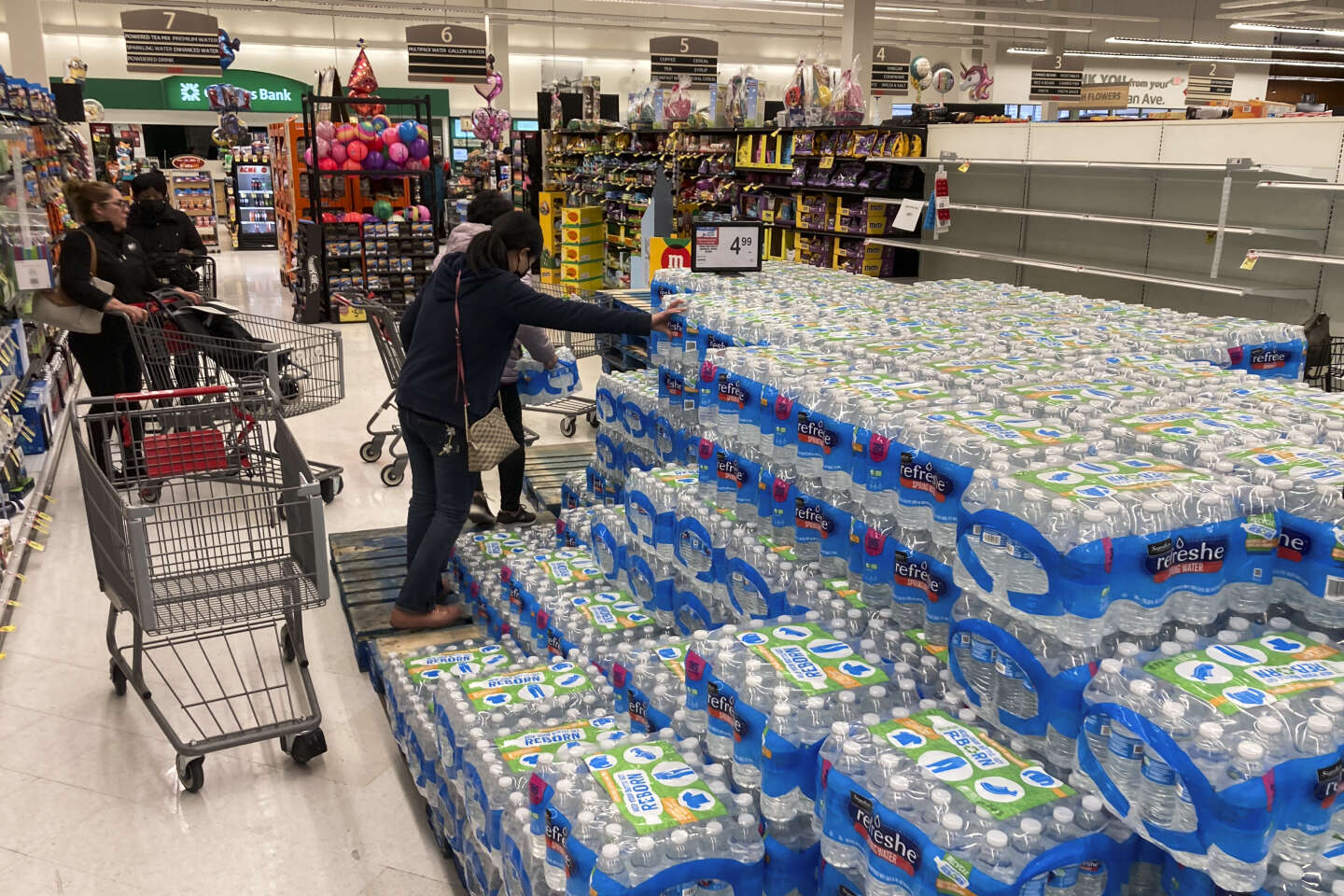
Plastic bottled water contains up to 100 times more tiny plastic particles than previously thought, according to a study published Monday, January 8, in the journal PNAS.
To reach this conclusion, the researchers used an entirely new laser technique and counted an average of 240,000 detectable plastic fragments per liter of water. They tested three water brands without revealing their names: “We believe that all bottled water contains nanoplastics, so it might be seen as unfair to single out some of these.”Beizhan Yan, co-author of the study, told Agence France-Presse.
Nanoplastics have attracted more and more attention in recent years and are present everywhere on earth. Microplastics are less than 5,000 micrometers (or 5 millimeters) in size, while nanoplastics are less than one micrometer in size. They are so small that they can enter the blood system and therefore organs, including the brain and heart.
The results showed that each liter contained between 110,000 and 370,000 particles per liter, 90% of which were nanoplastics and the remainder microplastics. The most common type found was nylon – likely from plastic filters used to purify water – followed by polyethylene terephthalate (PET), which the bottles are made of.
Adverse effects on the reproductive system
This study raises questions about possible health consequences. “If people are concerned about nanoplastics in bottled water, it makes sense to consider alternatives such as tap water.”says Beizhan Yan. But he adds: “We advise against drinking bottled water when necessary, as the risk of dehydration may be greater than the possible consequences of exposure to nanoplastics. »
Research on the consequences of nanoplastics for ecosystems and human health is still limited, but some studies have already shown harmful effects, for example on the reproductive system.
In the future, researchers want to test tap water, which also contains microplastics, although apparently in smaller quantities.





